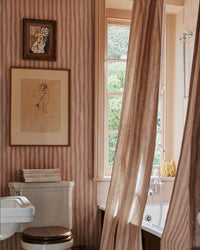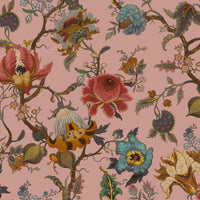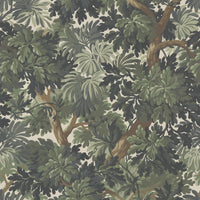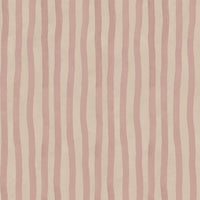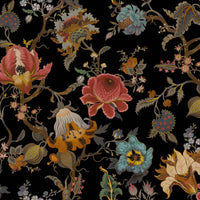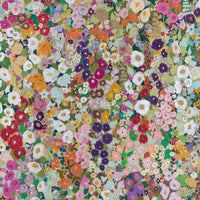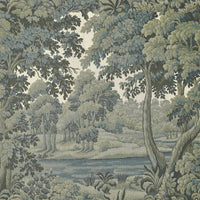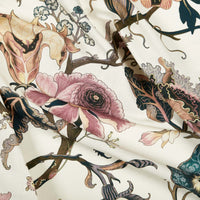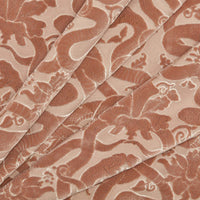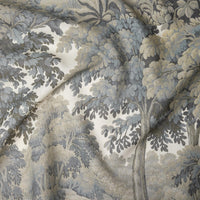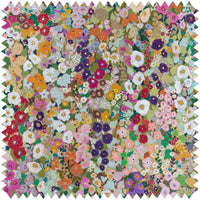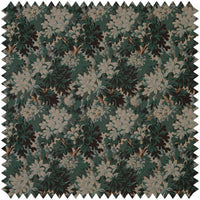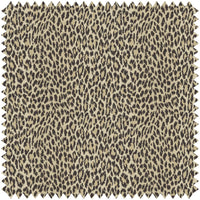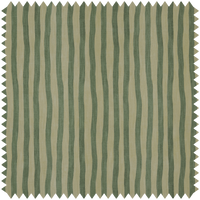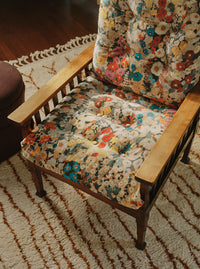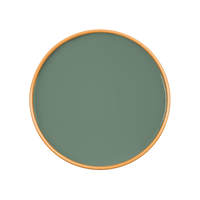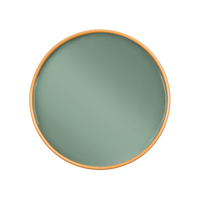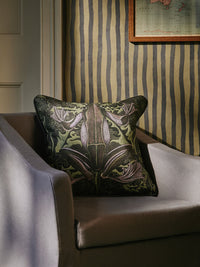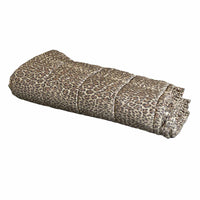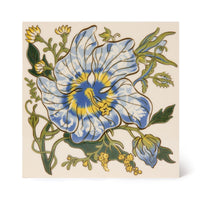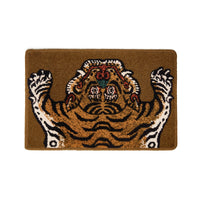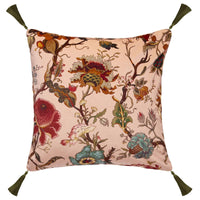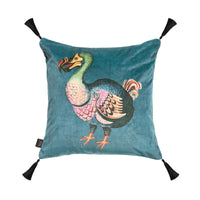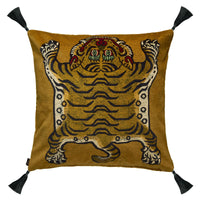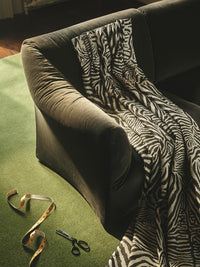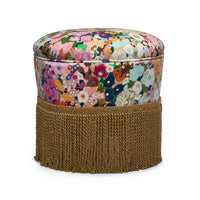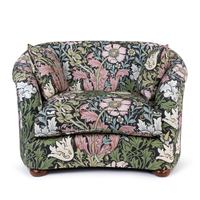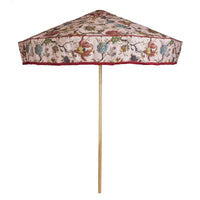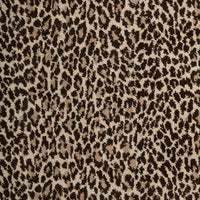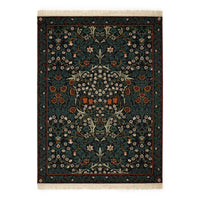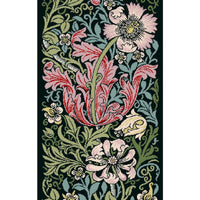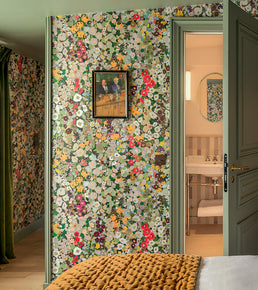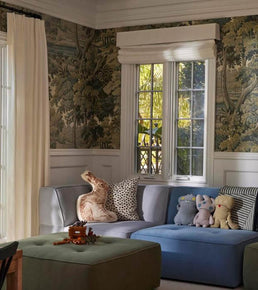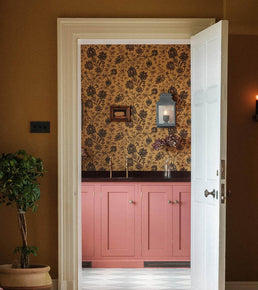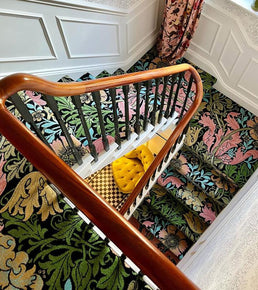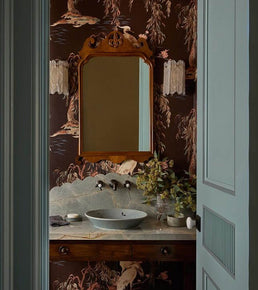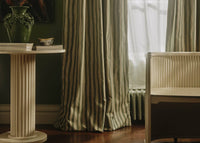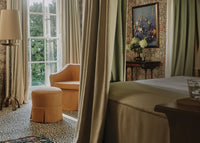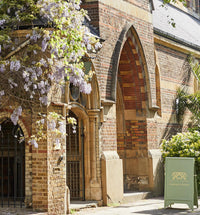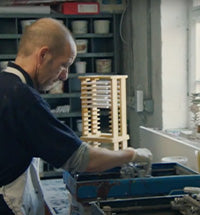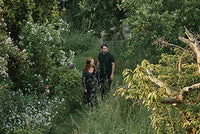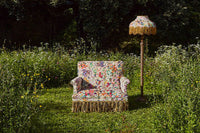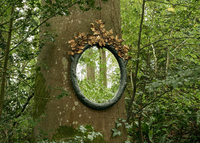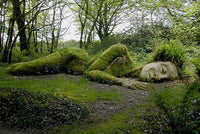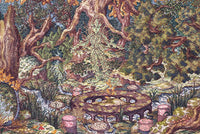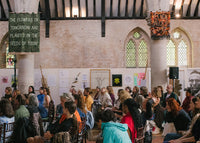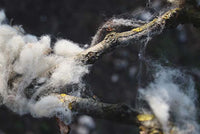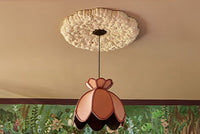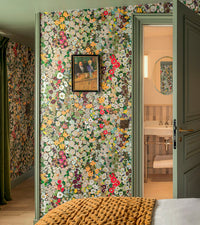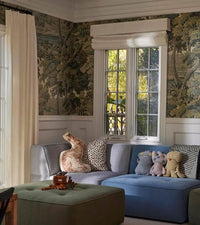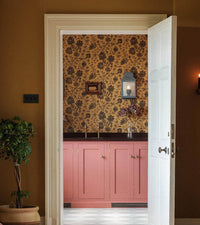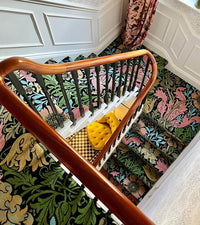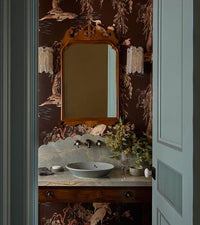
At House of Hackney, we’re all about making changes to protect the natural world and we are always seeking out new ways to evolve our business that work more in harmony with Mother Nature. A big part of that is questioning the materials we use; are they the best available and can we do better?
Our mycelium products are made from groundbreaking fungi fibers and hemp material. With this project we hope to evolve new ways of thinking and making products. With natural, regenerative materials like mycelium, perhaps we can start to grow a better future.
This is just the beginning.
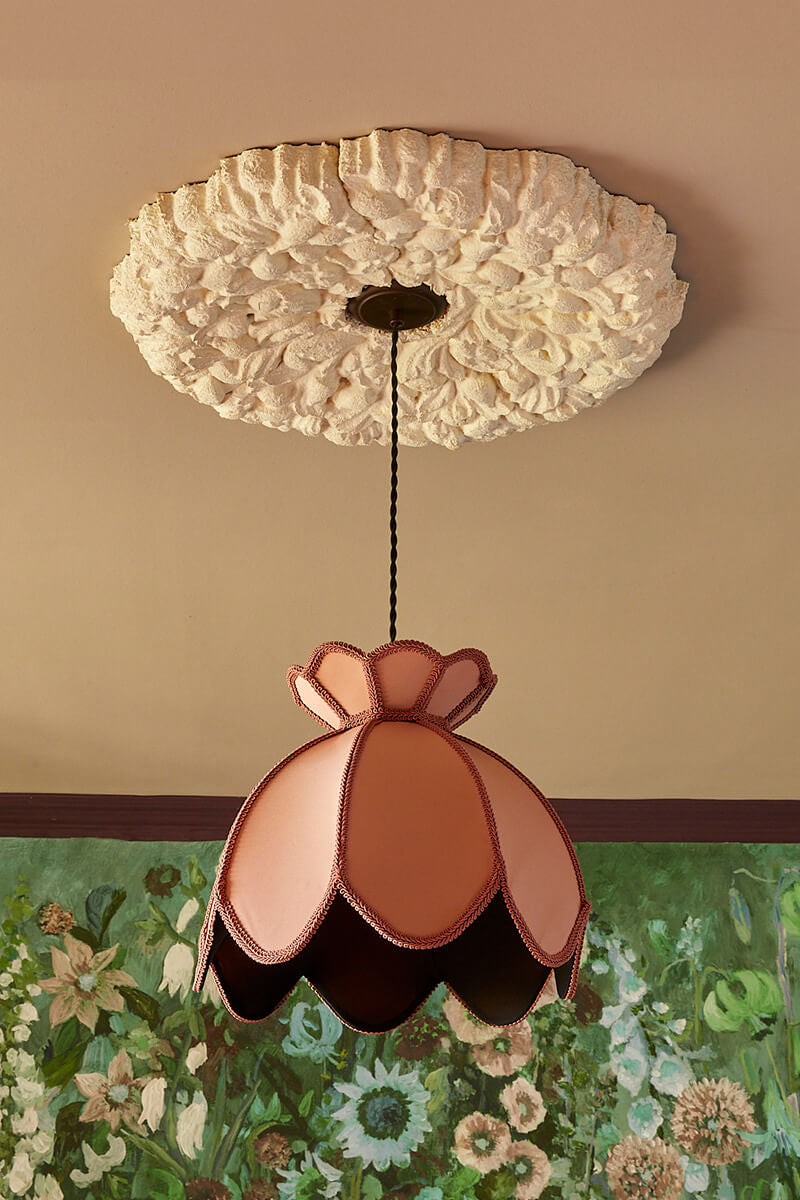
What is mycelium?
We’ve always been fond of fungi at House of Hackney, and we believe in their potential to solve a lot of the world’s problems. They can be used to aid wellness and mental health, as building materials, even to help bees fight infection after oil spills.
Mycelium is a network of tiny fungal threads called hyphae. These root-like fibers can grow from a single spore, and when dried make a strong material that can be grown into specific forms, reducing processing requirements, the reliance on fossil fuels to power the processing and the waste.
Complete materials are grown with these mushroom fibers to create products which, at the end of their life if left untreated, can break down to become nutrition for the soil. How’s that for a magic mushroom?
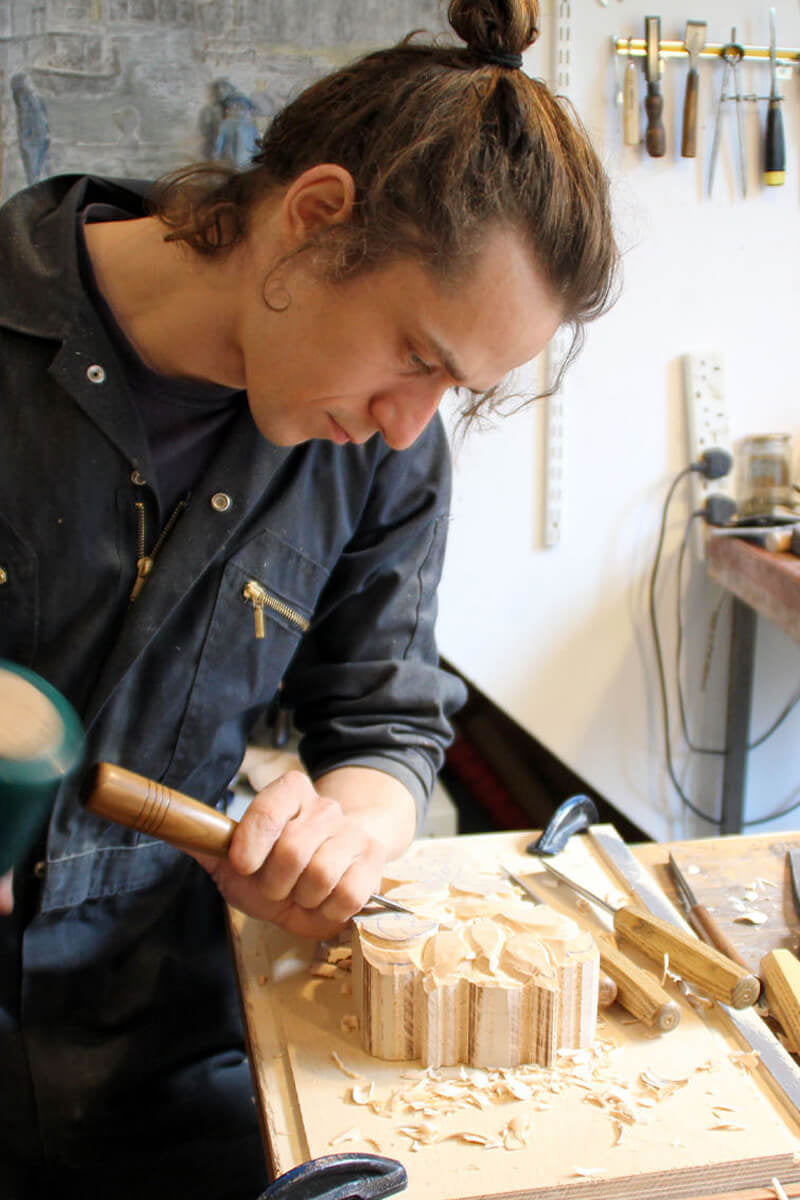
How is it made?
We worked with the fun-guys at Magical Mushroom Company to create our mycelium products. Sterile wood chips - recycled from waste products - and hemp are mixed with the mycelium mushroom spores to create a substrate which is applied to the wooden molds we created with the heritage craftspeople at Wood Carving London.
After a few days, the mycelium starts to grow around the molds binding them together and forming a solid shape. Once it has reached the desired form, it is baked to stop the spores from growing. And we are left with a finished product, created with completely natural materials; a celebration of fantastic fungi not only in its design, but in the very way it is made.
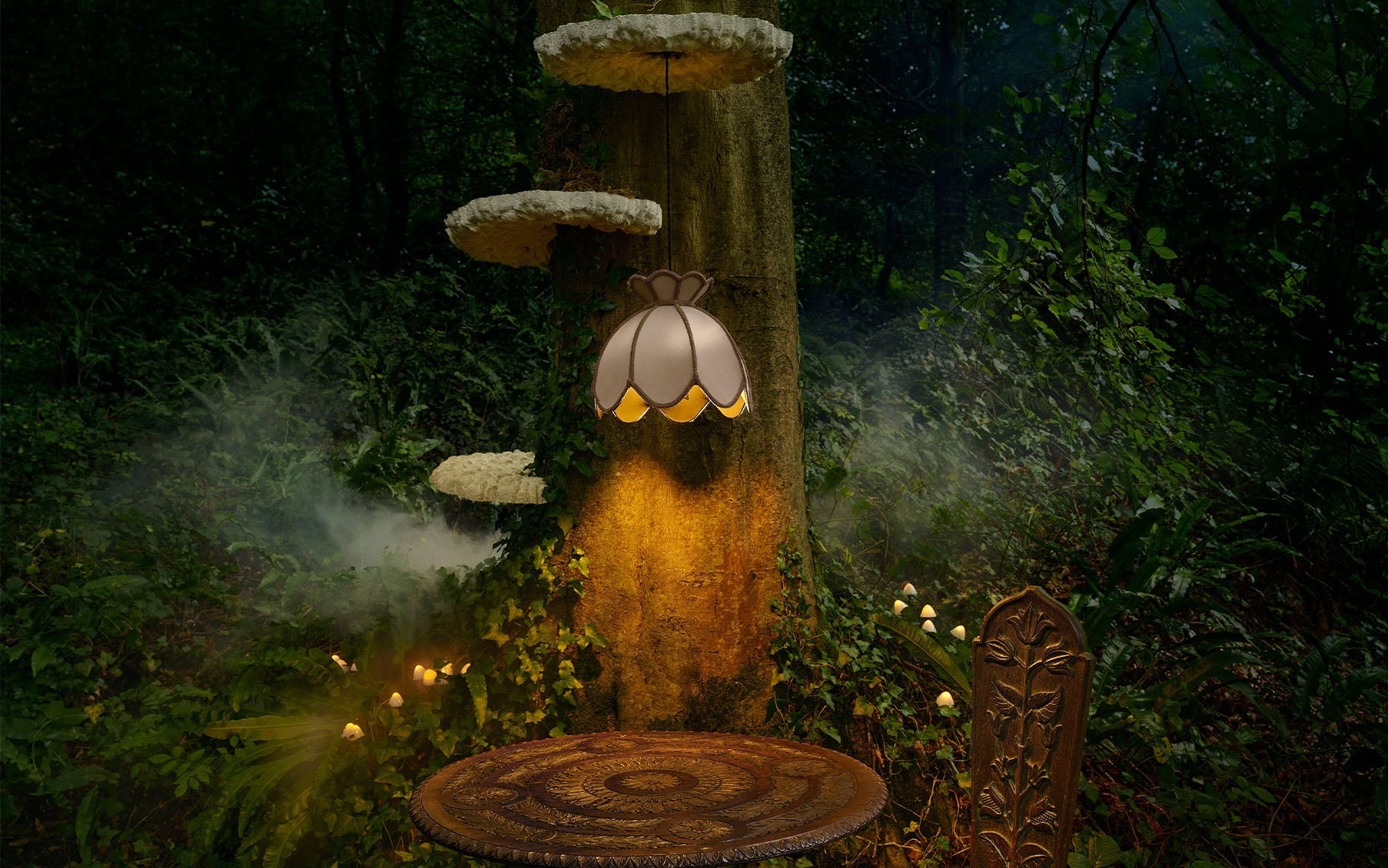
The Ceiling Rose
In ancient Rome, a rose was the symbol of secrecy; one would be suspended above meeting tables to encourage the freedom to speak plainly without repercussion, hence the Latin phrase sub rosa, meaning ‘under the rose’.
Perhaps most famously, the court of Tudor King Henry VIII was strewn with carved iterations of the Sub Rosa to promote free speech and confidentiality. This evolved over centuries into the standard architectural ceiling rose, which forms the centerpiece of many a room, under which people still tell their stories and secrets.
For this project, House of Hackney co-founder Javvy M. Royle began by studying the origins of the ceiling rose and the handcrafting techniques of woodcarvers. The design is inspired by the iconic liberty cap mushroom, revered for thousands of years for its spiritual properties; and also by the swirling acanthus leaf, a nod to our design hero William Morris.
